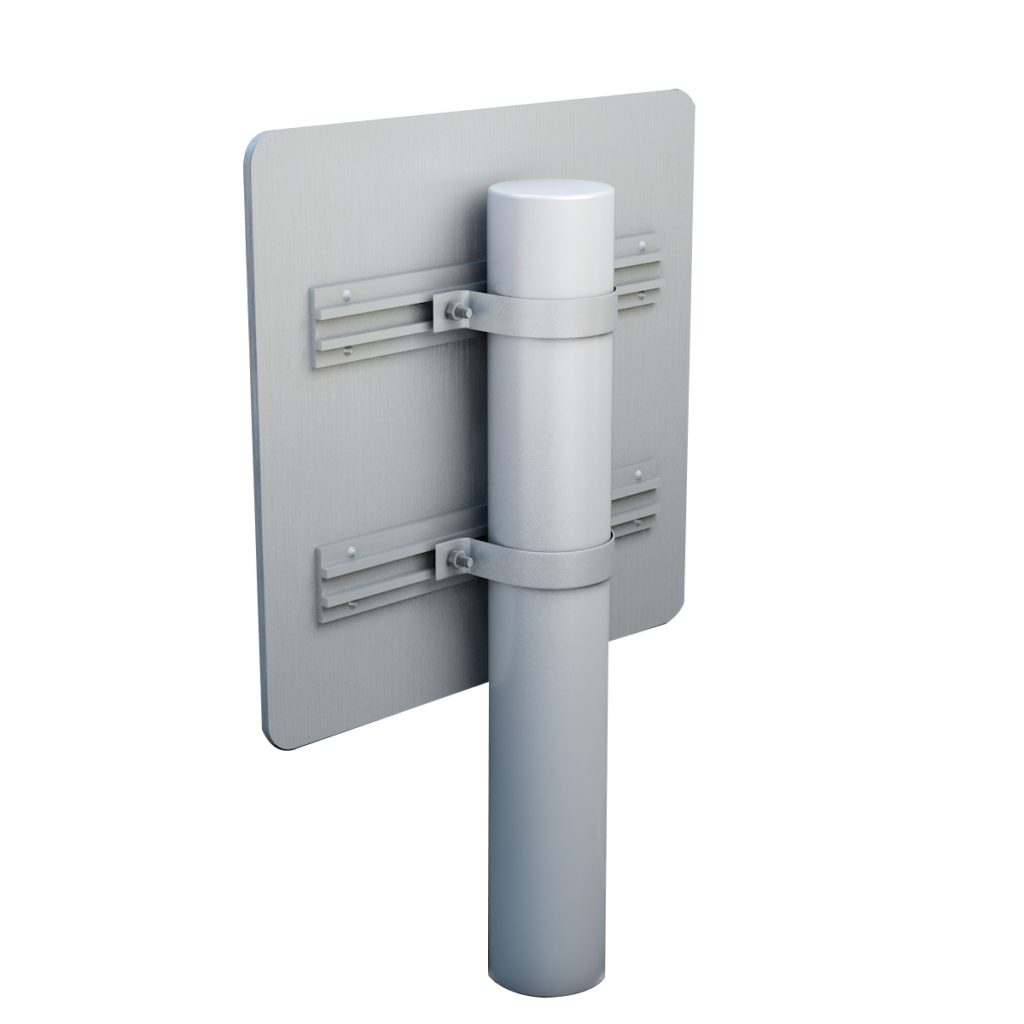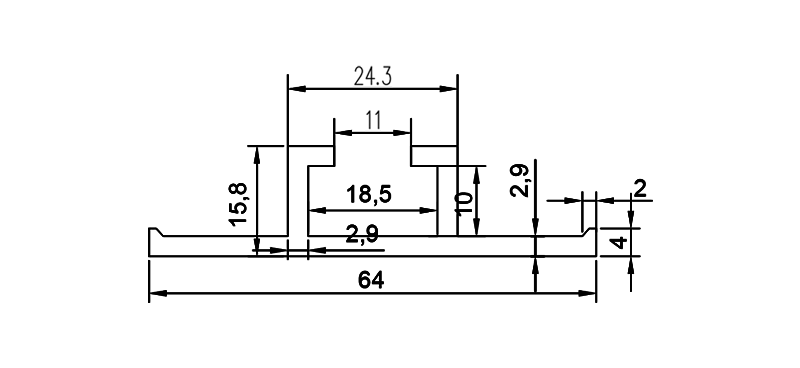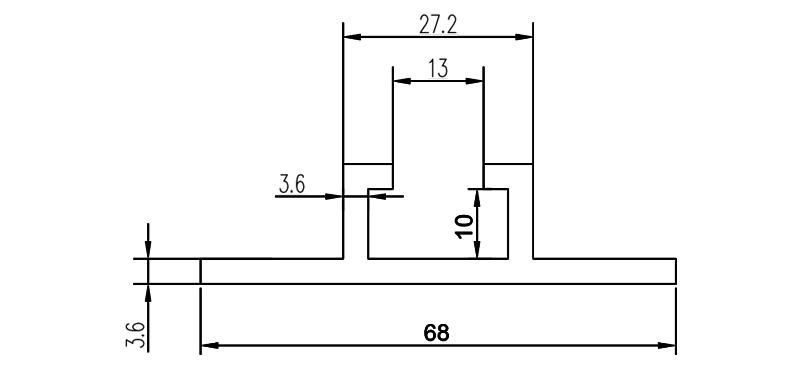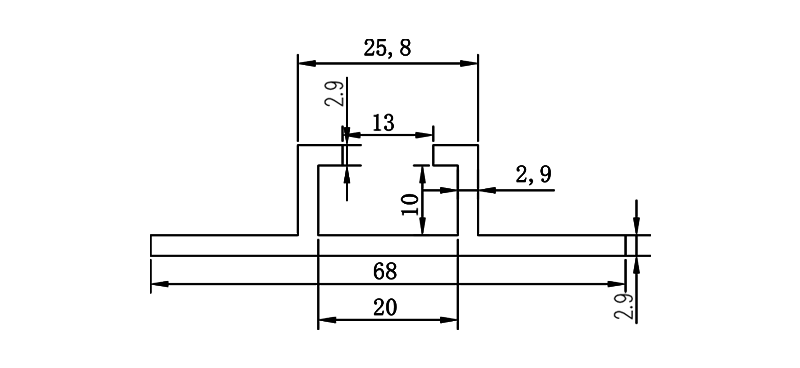Traffic Sign Fixing Channel


RK-SFC01

RK-SFC01

RK-SFC01

RK-SFC04

RK-SFC05

RK-SFC06

RK-SFC07

RK-SFC08

RK-SFC09

RK-SFC10

RK-SFC11

RK-SFC12

RK-SFC13

RK-SFC14

RK-SFC15

RK-SFC01
A1: Match the channel width to the sign thickness. Also, consider the wind load conditions and size of the sign to pick the appropriate channel strength rating. Consult manufacturer wind load tables.
A2: For maximum stability, space the mounting holes in sets 200-400mm apart depending on channel type. Closer spacing provides more anchoring points.
A3: We make traffic sign fixing channels of aluminum alloy. The aluminum alloy provides excellent all-weather corrosion resistance.
A4: Follow manufacturer instructions. Vertical centering, proper hardware torque levels, use of gaskets, and anti-seize compounds are essential installation best practices.
A5: Inspectors should visually inspect channels along with routine sign checks. Look for damage, loose connections, and corrosion at least annually.
A6: There are two main types of traffic sign-fixing channels:
Small sign channel: This channel is designed for minor signs, such as speed limit signs and stop signs. It is typically made of aluminum and is attached to the sign using rivets or screws.
Medium interlocking sign channel: We design this channel for larger signs, such as directional and overhead signs. It is typically made of galvanized steel and is attached to the sign using nuts and bolts.
A7: There are many benefits to using traffic sign fixing channels, including:
Strength and durability: Manufacturers make traffic sign fixing channels of strong and durable materials, such as aluminum and galvanized steel; this means they can withstand the elements and last for many years.
Easy installation: Traffic sign fixing channels are relatively easy to install. They can be attached to signposts using rivets, screws, nuts, or bolts.
Versatility: Traffic sign fixing channels are available in various sizes to accommodate signs of all sizes. Installers can also use them to mount signs to different types of posts, such as steel posts, aluminum posts, and wooden posts.